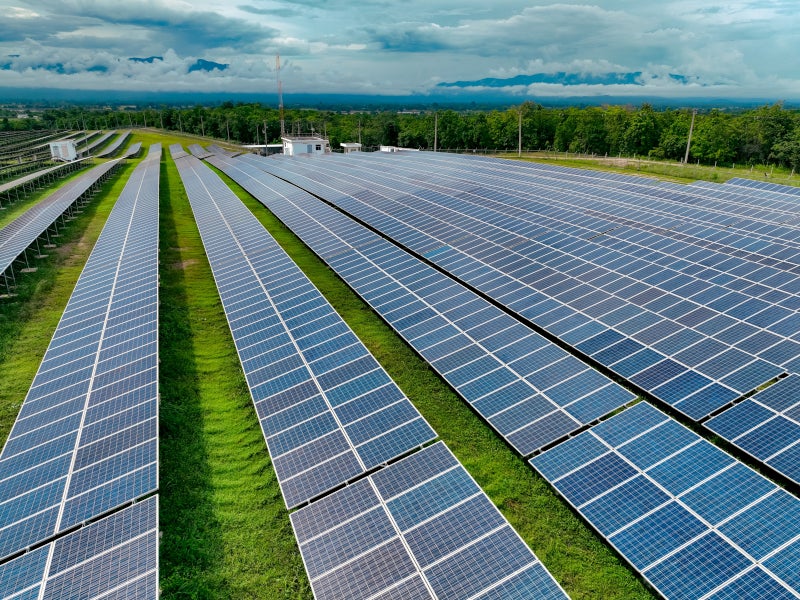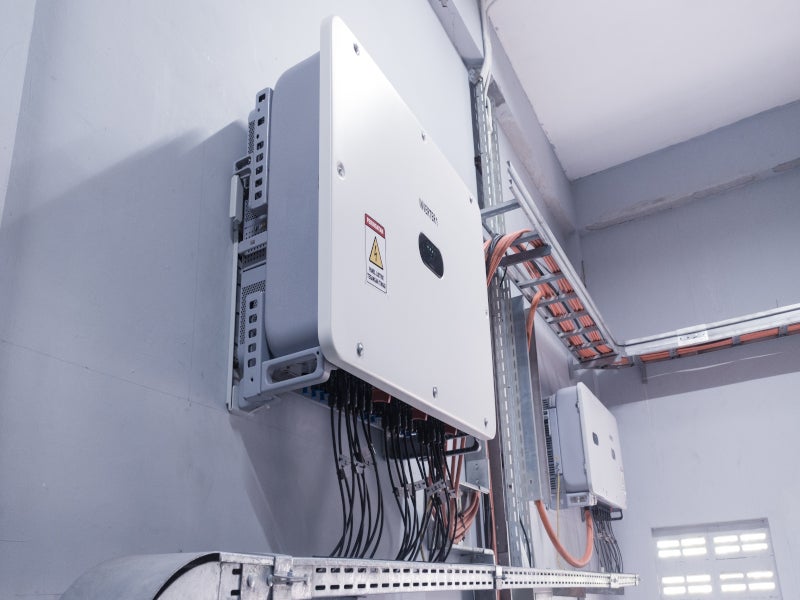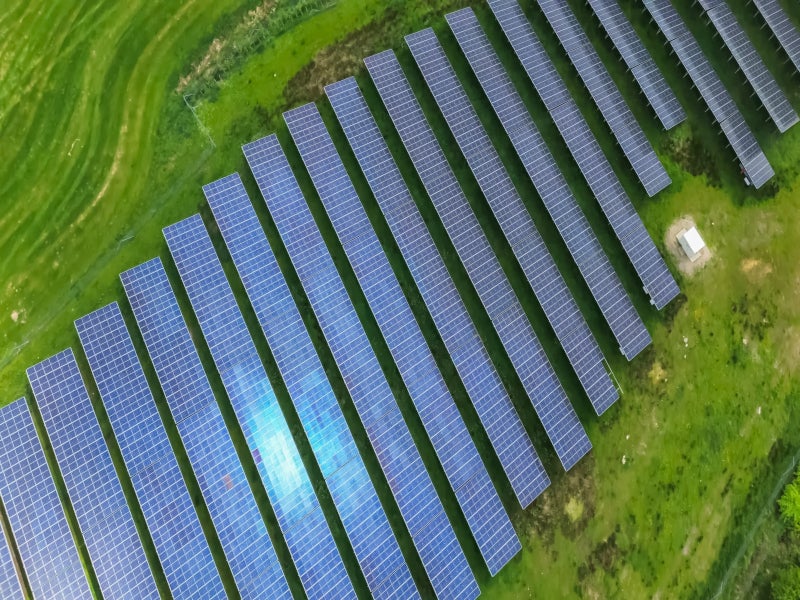Constructed by Hansainvest Real Assets, the Witznitz Energy Park in Germany is claimed to be Europe’s most expansive solar park, boasting an output of 650MW and featuring more than 1.1 million solar modules.
Commencing in 2022, the energy park’s construction unfolded over several phases across two years.
Operational since December 2023, the park achieved its full capacity in February 2024, with Hansainvest Real Assets officially inaugurating the project in July 2024.
The Witznitz Energy Park exemplifies the successful shift from coal mining to renewable energy production in the region.
Location of Witznitz Energy Park
Situated 30km south of Leipzig within Saxony Province in Western Germany, the Witznitz Energy Park spans 500 hectares (ha) (1,235.53 acres) on a site previously dedicated to lignite mining.
It encompasses the municipalities of Neukieritzsch, Bohlen and Roha, adjacent to Hainer See.
Witznitz Energy Park details
The Witznitz Energy Park employs Tiger Neo solar photovoltaic models, which incorporate Topcon Hot 3.0 technology for on-site power generation. These models range from 450W at 22.52% efficiency to 635W at 22.72% efficiency.
Utilising the bifacial solar-glass modules in an east-west alignment, the park’s infrastructure includes 3,500 Delta M125HV model inverters and 207 transformer stations.
The facility pioneers a dual innovation in solar power generation by injecting electricity directly at an extra-high voltage and contributing to grid stability continuously, including nocturnal hours.
The Delta inverters are outfitted with advanced software capable of supplying reactive power, which 50Hertz’s system management can utilise to regulate voltage levels when necessary.
The Witznitz Energy Park is due to supply around 150 megavolt-amperes (Mva) of reactive power, partially offsetting the reactive power generated by the adjacent Lippendorf lignite-fired power station.
This reactive power remains accessible even when the solar plant’s inverters are not converting direct current to alternating current for grid injection. Instead, the inverters’ built-in power electronics draw electricity from the transmission grid to produce the reactive power.
In addition to energy production, 160ha of land has been cultivated as compensatory areas to foster environmental protection, support social projects and enhance tourism.
Transmission details
Electricity from the solar power plant feeds into a 380kV transmission network via two private substations established by Move On Energy.
A 380kV overhead line skirts the site’s perimeter, connecting to the Lippendorf power station through the Pulgar substation.
Move On Energy constructed a new substation to link the solar plant to this line, integrating the project into the 50hz transmission grid.
Power purchase agreement details
Shell Energy Europe has entered a 15-year power purchase agreement with Hansainvest Real Assets, securing 600MW of capacity from Germany’s Witznitz power project.
In a separate arrangement, Shell Energy has agreed to supply 323MW of power from Witznitz to Microsoft, aiding in Microsoft’s objective to source 100% renewable energy by 2025.
Contractors involved
Jinko Solar, a solar module manufacturer headquartered in Shanghai, China, provided the solar modules for the project.
Under a maintenance contract, German utility company 50Hertz collaborated with the project operator Move On Energy to oversee the Delta inverters. The two companies were also responsible for integrating renewables into the power grid by activating the reactive power.
Delta, a specialist in thermal and power management solutions, supplied the inverters for the Witznitz energy project.
The Kreutzpointner Group, engaged in electrical engineering, automation, switchgear manufacturing, engineering, IT and solar, was also involved in the construction of the solar farm.






